New Zealand deep-sea life needs ‘better protection’ from mining, study shows
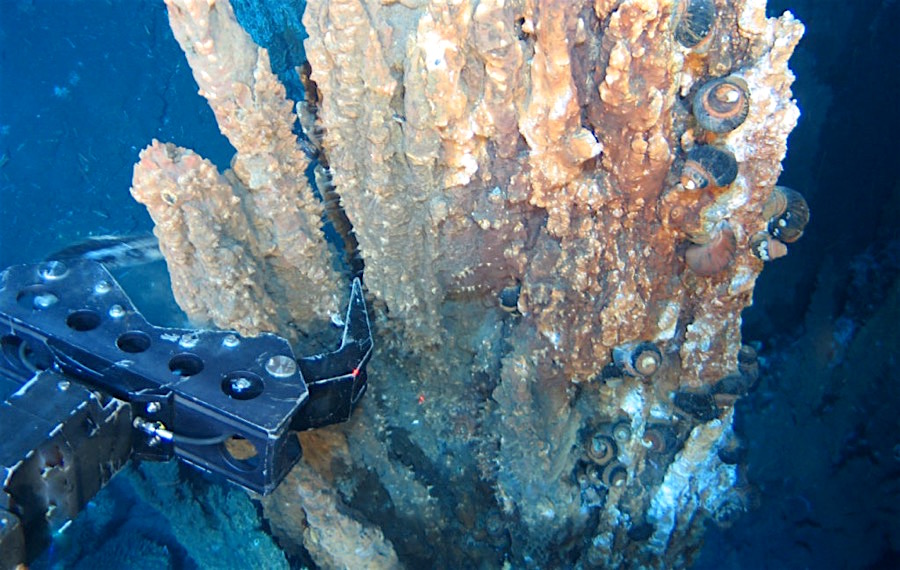
New Zealand’s seafloor organisms are not protected enough from potential deep-sea mining activities, a study by a researcher working with the country’s National Institute of Water and Atmospheric Research shows.
Rachel Boschen, who graduates with a PhD in Marine Biology from the Victoria University of Wellington on Wednesday, says that while there is increasing interest in mining for Seafloor Massive Sulfide (SMS) deposits within New Zealand’s Exclusive Economic Zone (EEZ), little is known about the seafloor communities that are found there and potentially at risk from mining activities.
Research shows there is not enough information about seafloor communities found in New Zealand’s Exclusive Economic Zone and the potential risk they face from mining activities.
Part of her research involved reviewing 70 hours of video footage covering more than 50km of seabed across three seamounts on the Kermadec Volcanic Arc, which extends about 2500km north of New Zealand.
Boschen noted that SMS, which are mineral-rich ore deposits on the seabed, were formed by seafloor hot springs, which are an important habitat for specially adapted animals.
“What I didn’t expect was that not only did the areas with active hot springs support unique communities, but areas where springs are no longer active also hosted unique communities,” she said in a statement. “The action of the hot springs causes SMS deposits along the Kermadec Volcanic Arc to be rich in copper, zinc, lead, gold and silver, and (…) if mining occurs, the unique communities found in my study could be at risk,” she argues.
To mitigate the impacts of any future mining, Boschen says it’s important to designate protected areas that host unique or particularly sensitive communities, and so ensure they are not lost from the region. She adds a protected network should include SMS sites that are both thermally active and inactive.
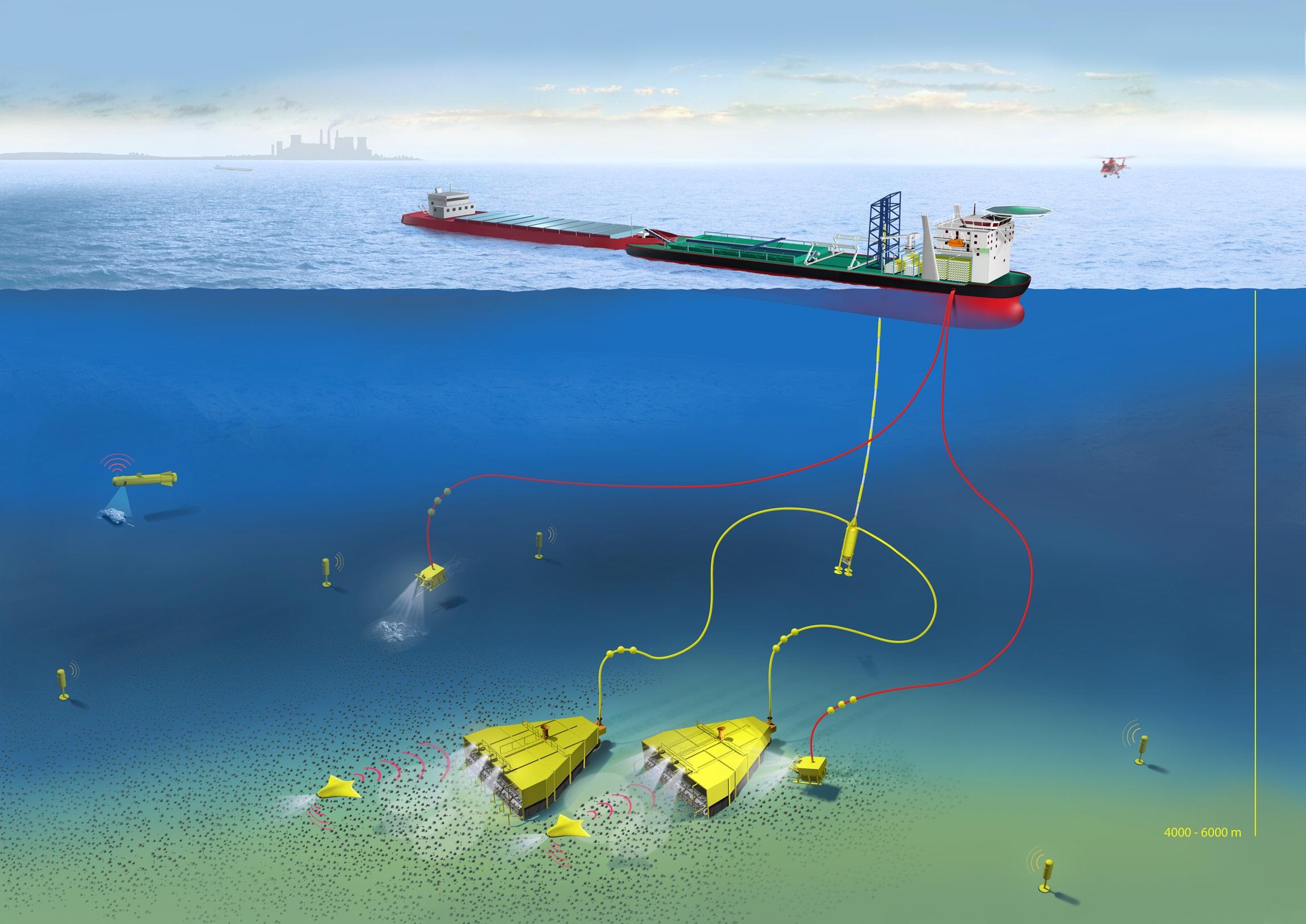
Concept for deep-sea mining of manganese nodules. (Courtesy of Aker Solutions)
Last year, a phosphate mining application by Chatham Rock Phosphate Limited (NZC:CPR) was rejected, with the country’s environmental agency arguing digging up minerals the coast of Canterbury — where the operation was proposed — would cause “significant and permanent adverse effects” on the location’s seabed.
The case became the second mine application refused in less than a year. In 2014, the same body refused Trans Tasman Resources’ (TTR) application to mine iron sands off the North Island’s west coast, which would have become the country’s first operation of its kind.
Trans Tasman has re-applied to the EPA ever since. The company seeks to carry out mining activities off the Taranaki coast and has said that iron-sands seabed mining is different from deep-sea mining.
UN support
Meanwhile, the United Nations’ International Seabed Authority (ISA) continues supporting the activity. It has so far issued 26 exploration licences to governments and companies, authorizing them to operate in international waters.
Other than New Zealand, countries including Namibia and Papua New Guinea have also granted licences for seabed mining exploration.
But it is Canada’s Nautilus Minerals (TSX:NUS) the one leading the race to open the first seabed mine. In a deal arranged outside the ISA system, the company overcame several difficulties until it reached an agreement with the Papua New Guinea government in 2014 to move forward with its Solwara 1 gold, copper and silver underwater project, located in the Bismarck Sea. Since then, progress on the project has moved quickly, with mining operations set to begin in early 2018.
More News
Perth Mint’s December gold, silver sales slip versus November
January 07, 2026 | 04:00 pm
Silver, platinum prices plunge to extend big spike in volatility
January 07, 2026 | 01:38 pm
{{ commodity.name }}
{{ post.title }}
{{ post.date }}
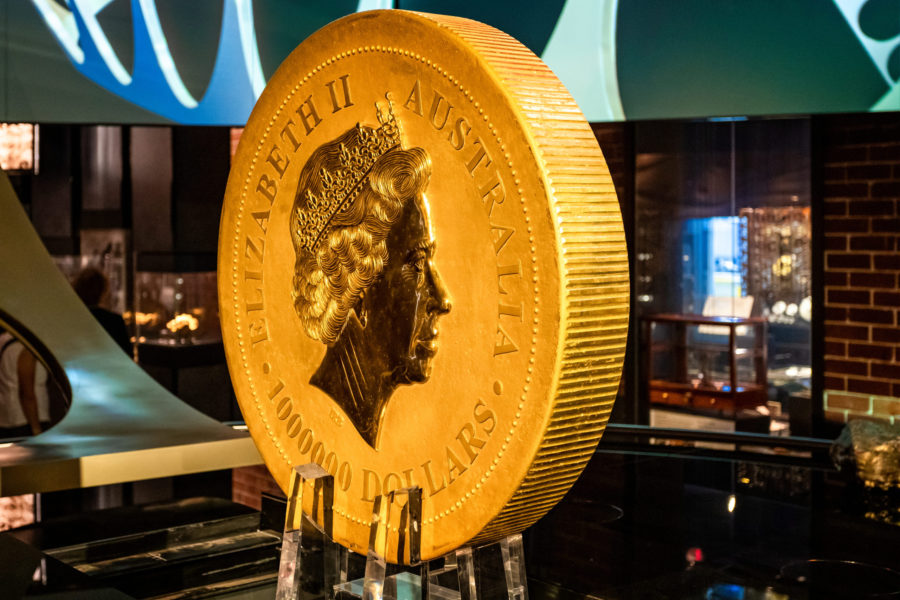
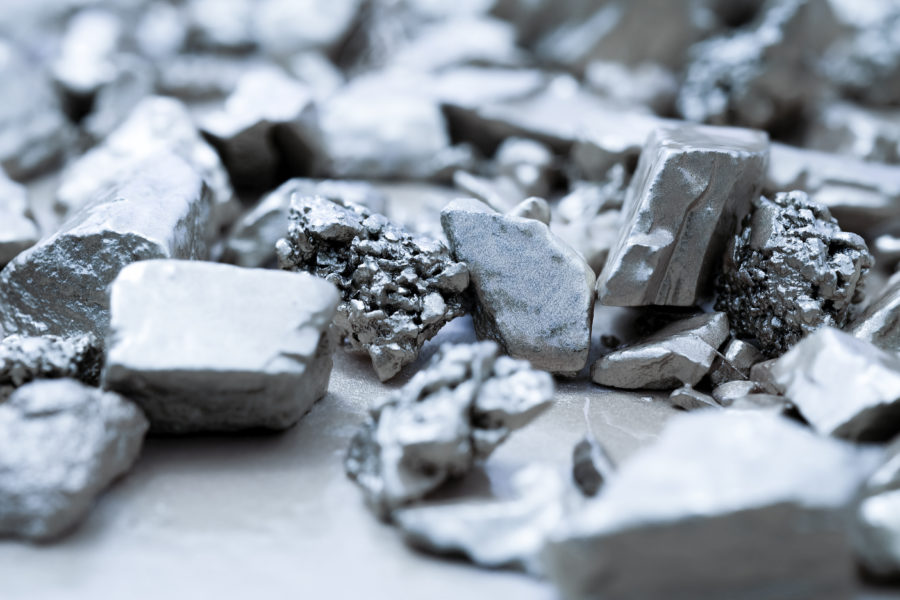
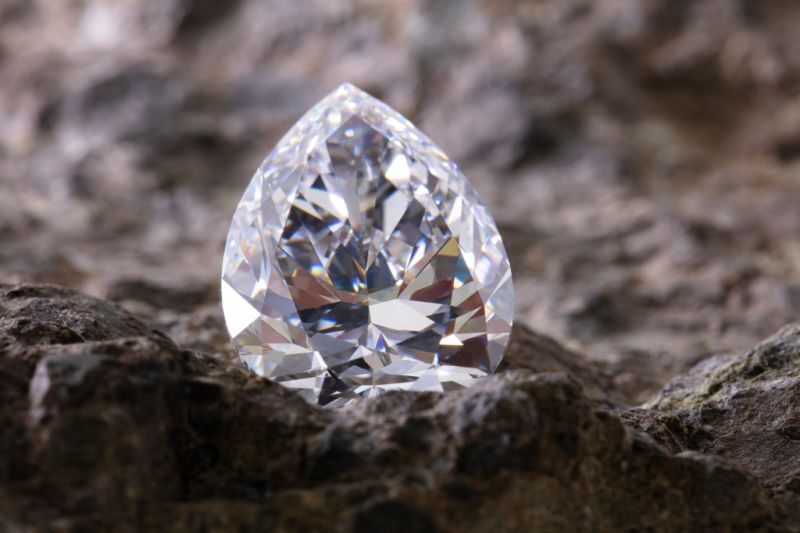



Comments